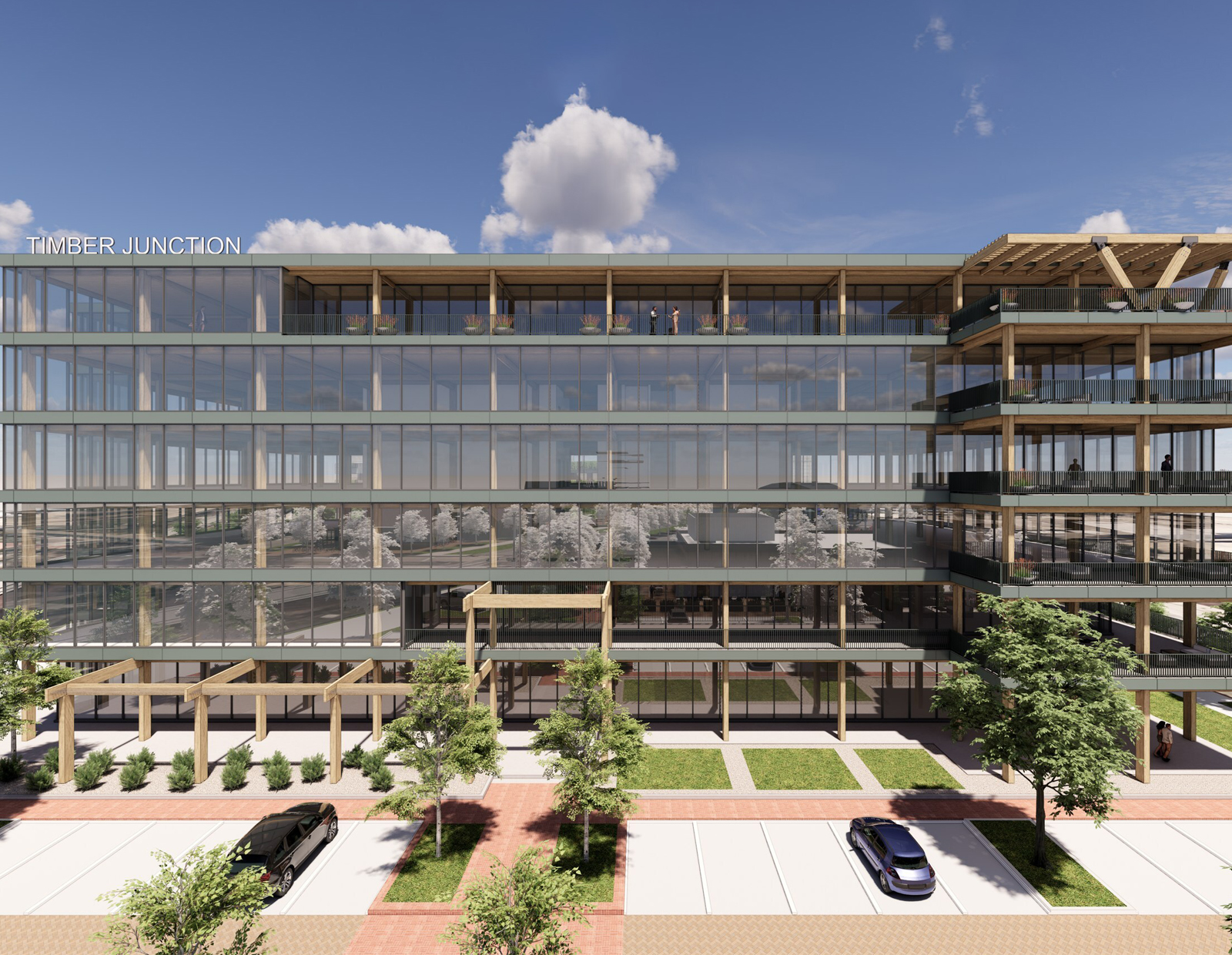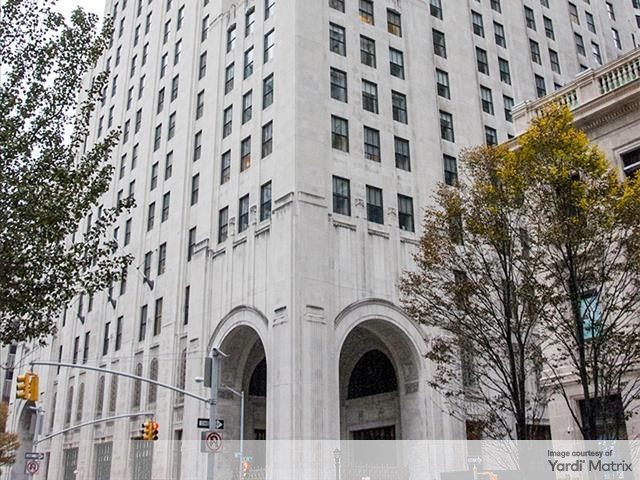The Benefits of Section 1031 No One’s Talking About
In honor of Women's History Month, we are resharing a byline by Investors Management Group Principal Karlin Conklin on this complex and time-sensitive process that has been an invisible yet critical force in the U.S. economy.
Every change in presidential leadership sparks a familiar conversation around raising taxes for wealthy Americans. “Those who are able to pay more should pay more” is a popular sentiment and can significantly influence proposed changes in tax policy.
Very few people outside of the commercial real estate industry understand Section 1031 of the United States Internal Revenue Code. In turn, its long list of benefits to our economy is rarely mentioned in conversation. Section 1031 allows real estate owners to defer paying capital gains taxes when they sell a property—not avoid or eliminate them. In fact, taxes are collected on the majority of all Section 1031 exchanged properties as they eventually sell, and the IRS receives capital gain taxes owed.
So, if these proceeds don’t immediately go to the IRS, where do they go? Not to buy multimillion-dollar cars or lavish vacations, as the political narrative may suggest. Following strict IRS guidelines, real estate owners must buy a “like kind” qualified replacement property within 180 days. This complex, time-sensitive process is an invisible—yet, critical—driving force in our economy that directs investments into real estate in positive ways.
For example, owners of rental homes may exchange into fourplexes or small apartment buildings that provide better economies of scale. A retail building owner may want to liquidate a property in one part of the country and reinvest in another. Apartment or office building owners who have renovated their properties can use an exchange to infuse funds into another dilapidated property to start the renovation cycle again and continue improving a neighborhood.
Restoration and revitalization
As improvements are made to a commercial property, jobs are created for contractors, landscapers, electricians, plumbers, interior designers and more. These professions generate billions of dollars annually in construction and home improvement retail sales.
Consider how the COVID-19 crisis has impacted urban core, suburb and exurb landscapes. A vacant commercial space can lead to deterioration in the greater neighborhood landscape and may attract criminal activity to the site. But 1031 exchanges allow investment opportunities for restoration and revitalization. Ranchers and farmers also benefit from Section 1031, which can be used to consolidate parcels of land to increase operational efficiency. The backgrounds and motivations of every real estate owner are different, but the Section 1031 exchange provides one thing in common: the freedom to direct capital to where it is needed most.
Section 1031 has played a vital role in America’s business transactions since 1921. After the Tax Cuts and Jobs Act passed in 2017, Section 1031 is now generally limited to exchanges of real property. Its use on personal property (e.g., luxury cars) has been eliminated. This complicated and misunderstood tax code, however, still comes under attack with every new round of tax proposals.
As tax reform under the current administration is debated, commercial real estate owners who use 1031 exchanges can continue to educate their fellow Americans and local political leaders on its benefits. If 1031 is preserved, it will be a great aid to our country’s recovery from the pandemic.
Karlin Conklin is a principal of Investors Management Group.








You must be logged in to post a comment.